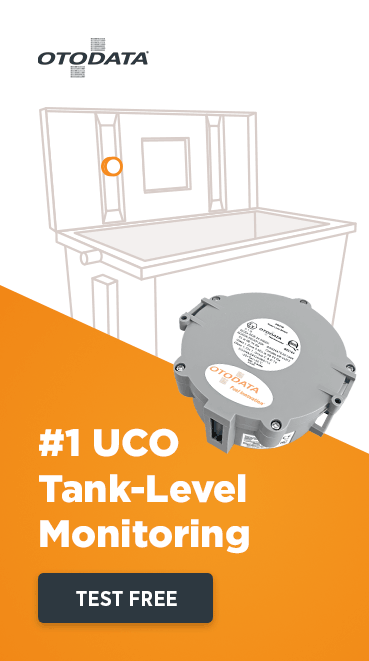Global Clean Energy reports largest camelina acreage worldwide
- Global Clean Energy Holdings Inc.
- Oct 4, 2023
- 2 min read

Global Clean Energy Holdings Inc. announced Oct. 4 that its subsidiaries Sustainable Oils Inc. in North America and Camelina Co. in Europe and South America worked with growers to contract a record 65,000 acres of camelina crop during the 2023 growing season.
The total acreage comes from across the globe including the U.S., Argentina, France and Spain.
Camelina is a resilient oilseed crop that can be used in the production of renewable fuels and sustainable aviation fuel.

It is produced as an intermediate crop, grown between planting cycles on land that would otherwise be left idle or fallow, providing cover-crop benefits to the land but harvested at maturity to generate incremental revenue for growers.
The company said it believes additive revenues for farmers growing camelina to be especially beneficial for developing rural agricultural communities.
Camelina grown as an intermediate crop does not generate land-use change, causing it to have among the lowest carbon intensities of any available feedstock on the market.
Global Clean Energy’s camelina variety portfolio—the largest globally, according to the company—includes both spring and winter varieties, allowing camelina’s introduction as an intermediate crop in different crop rotations and geographies.
In the U.S., Sustainable Oils produces camelina mostly as a spring crop replacing fallow land in cereal-fallow rotations in the Northern Plains and Pacific Northwest.
In the High Plains of the U.S. and in South America, camelina is grown as a winter crop with opportunities for double cropping with soybeans, late corn or sorghum.

Camelina Co. is testing camelina as a summer crop in Europe, following a cereal or pulse harvest.
“This record-breaking year for camelina has been over a decade in the making,” said Mike Karst, senior vice president of Global Clean Energy and president of Sustainable Oils. “Our company has over 15 years of experience breeding and cultivating camelina. We’re excited that growers are starting to see the potential this crop has to offer both their fields and their profits.”
Steve and Wanda McIntosh of SW & Crew Farms in Havre, Montana, said in a joint statement that “[t]he income generated from our camelina harvest supports our family and farm in so many ways. We’ve planted Sustainable Oils camelina the last four years and plan to plant it again in 2024. Thanks to camelina, we’ve added a new crop to our rotation, giving us the opportunity to increase our profitability and reduce our risk.”
Sustainable Oils’ farmers also experienced record camelina yields this year, reaching up to 1,900 pounds per acre.
As Global Clean Energy’s new higher-yielding varieties become commercially available in 2024, the company said it believes camelina planted next year may surpass 2023’s results.
“Globally, as more farmers learn of the benefits of this unique crop, we expect to exponentially scale camelina acreage, generating a new, truly sustainable feedstock for the renewable fuel industry,” Karst said.


































